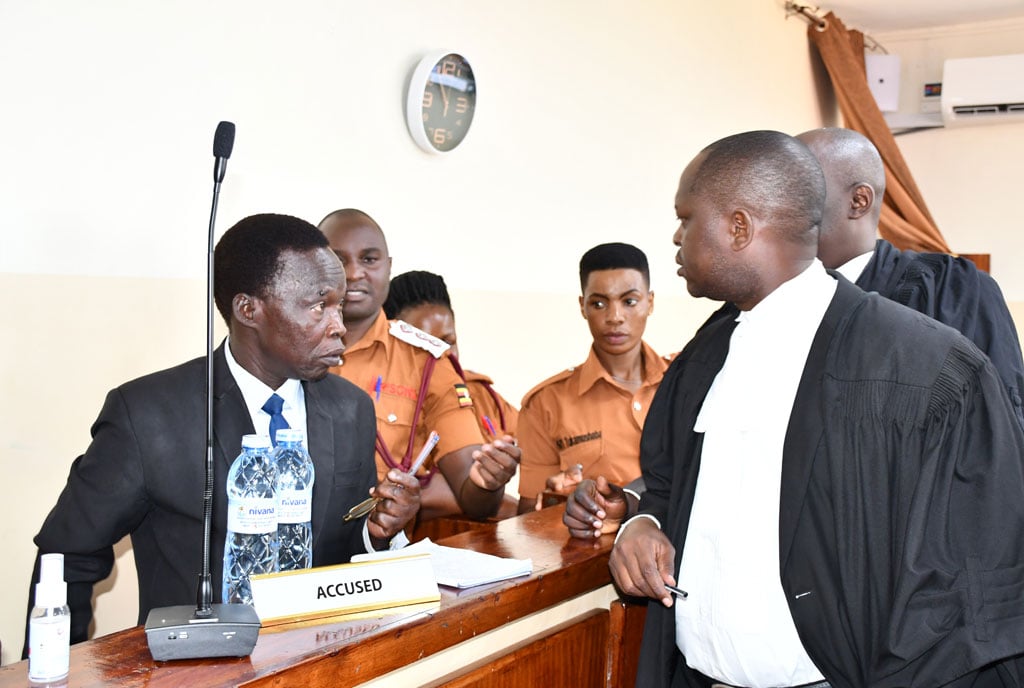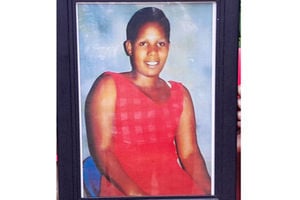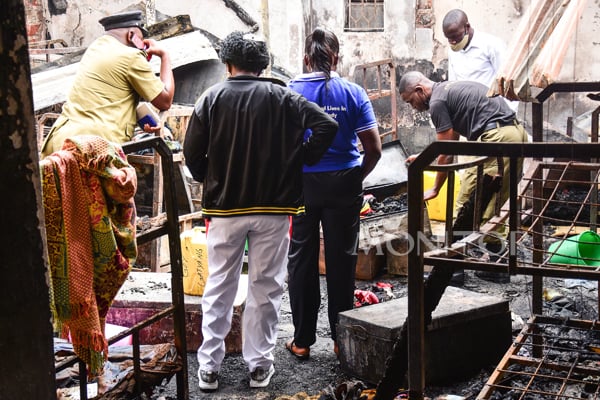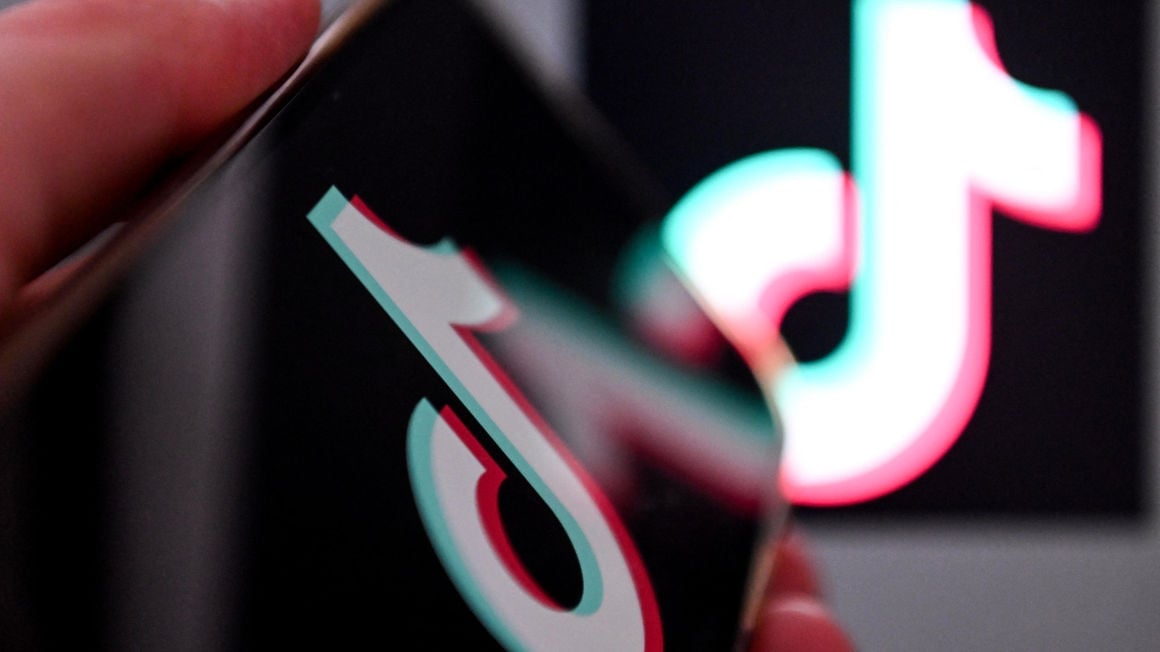110 years of electricity in Uganda
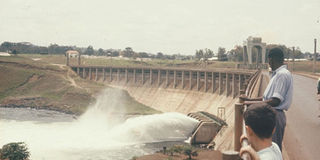
Powerhouse. Owen Falls Dam in Jinja. Courtesy Photos
What you need to know:
Generation. In 1933, the government of Uganda passed the electricity ordinance which allowed commercial generation, distribution and supply of electricity in Uganda. And later a tender was placed in the Uganda official gazette in 1935 calling for power and lighting companies to bid to supply electricity.
This April marks 110 year of electricity in Uganda. In April 1908, electricity powered by diesel generator was introduced in Uganda. Hesketh Bell who replaced British Commissioner Lt Colonel Hayes Sadler in 1907 and became Uganda’s first Governor the following year was the first person to bring to Uganda a generator to produce electricity. In April 1908, Bell brought to Uganda a generator to light his home at Entebbe which was then the administrative capital of Uganda. The following year, another diesel generator was imported to Uganda to light Uganda Hotel, the first “hotel” in Uganda which served only Europeans located on Nsamizi Hill at the present State House in Entebbe.
Earliest era of diesel generator
From 1908 to 1954 was the earliest era when Ugandans largely depended on diesel generators to produce electricity. However, when the Uganda Sugar Factory later became the Sugar Corporation of Uganda Limited (SCOUL) opened in 1924, it built the first thermal station to generate enough electricity for the factory. But in the beginning, the factory used a diesel generator which proved to be expensive. But worth to mention, in 1912, when Uganda’s first real English newspaper, the Uganda Herald was established, its printing press was ran by a generator powered by the motor engine of the first privately owned lorry (not car) imported into Uganda earlier in 1909 by the Uganda Company Limited to transport cotton. When that lorry broke down due to poor roads and lack of spare, its engine was sold to the owners of the Indians who owned the Uganda Herald and in turn used it to generate electricity to run their factory.
Lighting streets by thermal energy
Thermal energy was one of the means used to light and run factories in Uganda before and after Hydro-electricity was introduced in 1954. Kampala streets were the first in Uganda to be lit using thermal energy.
The installation of bulbs commenced on March 17, 1938 although the inauguration took place on June 18, 1938 at a function held at the High Court building in Kampala that marked street lighting in the country. Governor Sir Phillip Mitchell, at a historical function switched on the first ever street lights in Uganda. The 86 osira (Mercury vapour) and 390 ordinary street lights had been in function at the inauguration. The lights were always switched on from 6:45pm to 12:45am while the third lamp was kept lit throughout the night. The East African power and lighting company limited was the first electricity supply company in the country to supply public electricity for street lighting and domestic use to the affluent in Kampala using thermal energy.
Planning for Hydro-electricity
In 1920 a notice was published in the Uganda Official Gazette which in part read: “The Uganda Protectorate government is prepared to consider applications for the granting of a concession for the sole rights to develop a portion of the Ripon Falls district, and for the supply of electricity to Kampala, and possibly Entebbe and to plantations en route…” Seventeen firms applied but none was ready to incur the costs to carry out scientific studies for the best spot between Ripon Falls in Jinja in Jinja and the Albert Nile to build the dam in Masindi. Thus, in 1922, the government conducted a survey but the construction still could not start partly due to the Geo-politics of the Nile – as Egypt and Sudan contested the dam construction on the Nile in Uganda for fear of water reduction on the Nile. By 1929, negotiations went still going on with the British, Uganda, and Egypt and Sudan governments.
Electricity Act enacted
In 1933, the government of Uganda passed the electricity ordinance which allowed commercial generation, distribution and supply of electricity in Uganda. And later a tender was placed in the Uganda official gazette in 1935 calling for power and lighting companies to bid to supply electricity in the towns of Kampala and Entebbe. On September 10, 1935, The East African Power & Lighting Company (EAPLC) won the tender and was awarded the contract to produce and supply electricity in Kampala and Entebbe towns and later Jinja. In the Memorandum of Understanding, the EAPLC indicated that the firm was going to use steam and suction gas both generated from wood fuel in Uganda – because the company could not afford hydro-electric power. The EAPLC had been incorporated on January 6, 1922 in Nairobi Kenya.
Getting ready for Hydro-electric power
Prior to the tender advert, in June 1935 another geological survey dubbed ‘The Hydro-Electricity Investigation of the Victoria Nile’ was conducted to locate the suitable site to construct the hydro-power dam. Also worth to remember is that still Egypt and Sudan were still opposed to the construction of the dam in Uganda. While negotiations were going on, WWII broke out in 1939 and the project stalled – and was reborn in 1946 shortly after the war. This time, a Ugandan firm was preferred to produce and supply electricity in the country and beyond (to Kenya). In early 1947 the governments of Britain, Uganda, Egypt and Sudan reached a consensus to have the dam built on the Nile. In July, Governor John Hall of Uganda approved the dam construction following earlier technical report by the government team led by Charles Westlake.
UEB is formed
On January 15, 1948 the Uganda Electricity Board (UEB) was established with a British, Charles Westlake as its chairman. And on May 31, 1948 UEB bought all the assets owned by the insolvent EAPLC Ltd at £ 335,500 and agreed to inherit all its loans and debts which the EAPLC Ltd had incurred in the previous years while on the undertaking to construct the dam. On September 21, 1949, UEB contracted M/S Christiani and Nielsen to build the dam at a cost of £ 3,639,540 million and work immediately started. On April 29, 1954 Queen Elisabeth accompanied by the Duke of Edinburgh officially switched on electricity in Uganda; although power had been consumed since December 1953. At the time, four turbines were running. It was however projected that by 1958 eight turbines out of the projected 10 would be running.
Electricity consumption
Immediately after the Uganda Electricity Board (UEB) was established in 1948, there were 3,263 customers connected to the national grid. Upon completion and launch of the dam in April 1954, one unit of electricity cost about 23 cents and at independence, one unit of electricity cost 29 cents. By the December 1961, according to the Uganda 1961 annual report, there were 32,116 registered customers with unknown illegal connections. When Uganda got independence, only Kampala, Jinja, Masaka, Kasese and Soroti towns were using electricity from the Owen Falls Dam in Jinja. Other districts or towns were using thermal power which was also rationalized by hours.
UMEME is established
If the decision was not made to privatise UEB, it would have marked 70 years of generating and lighting Uganda. On March 1, 2005, UMEME Limited took over from Uganda Electricity Distribution Company Limited (UEDCL) the business to distribute and supply electricity on Uganda’s national grid for the next 20 years.

